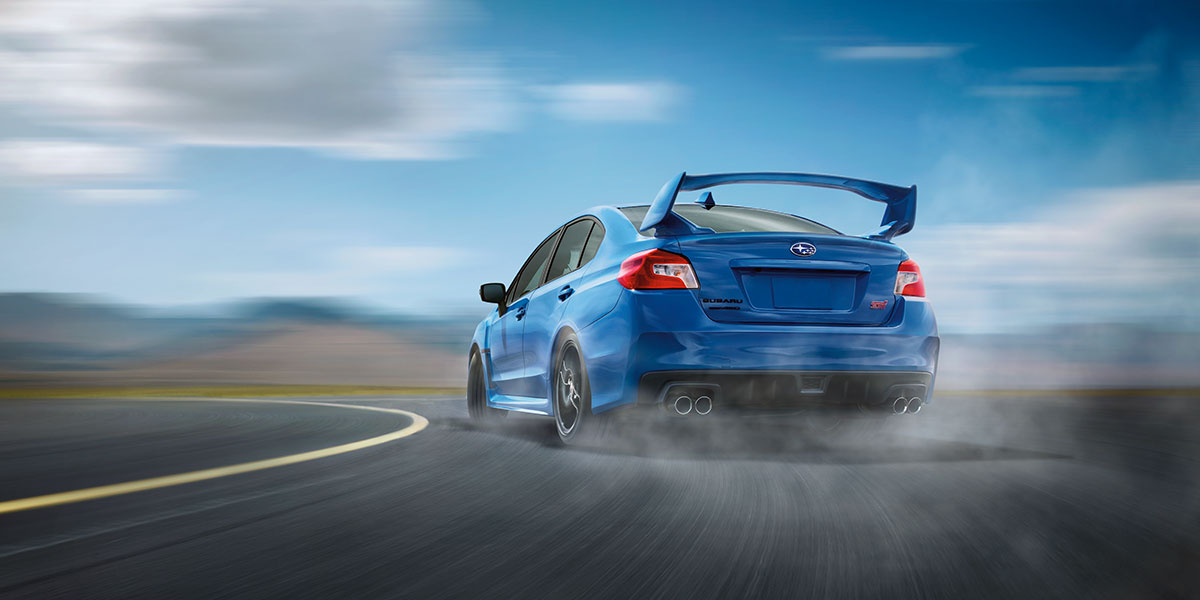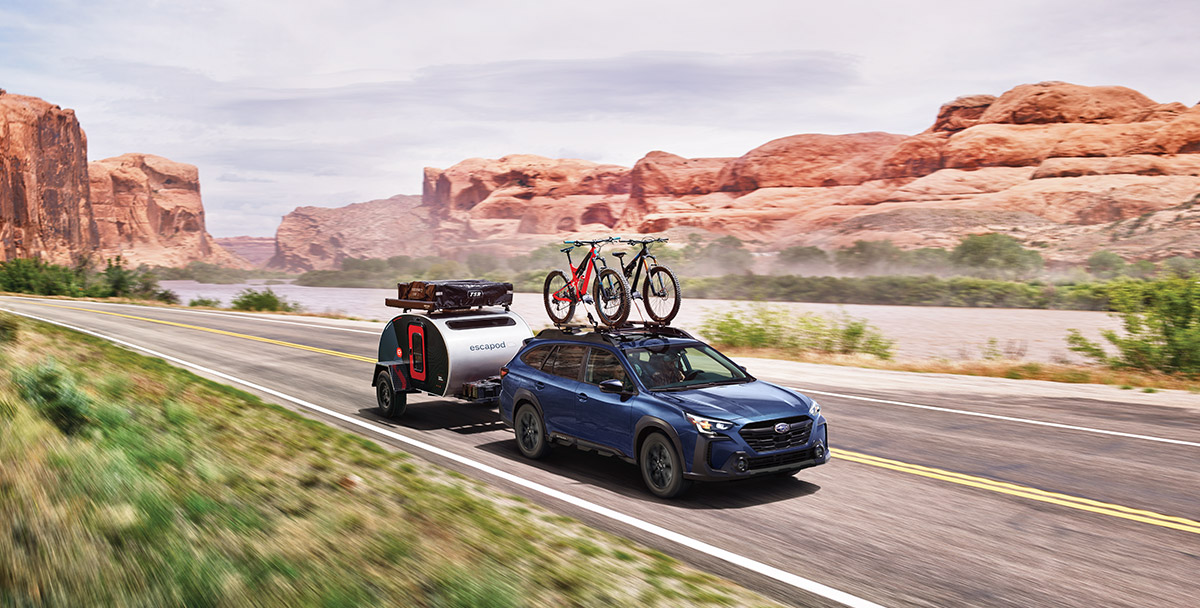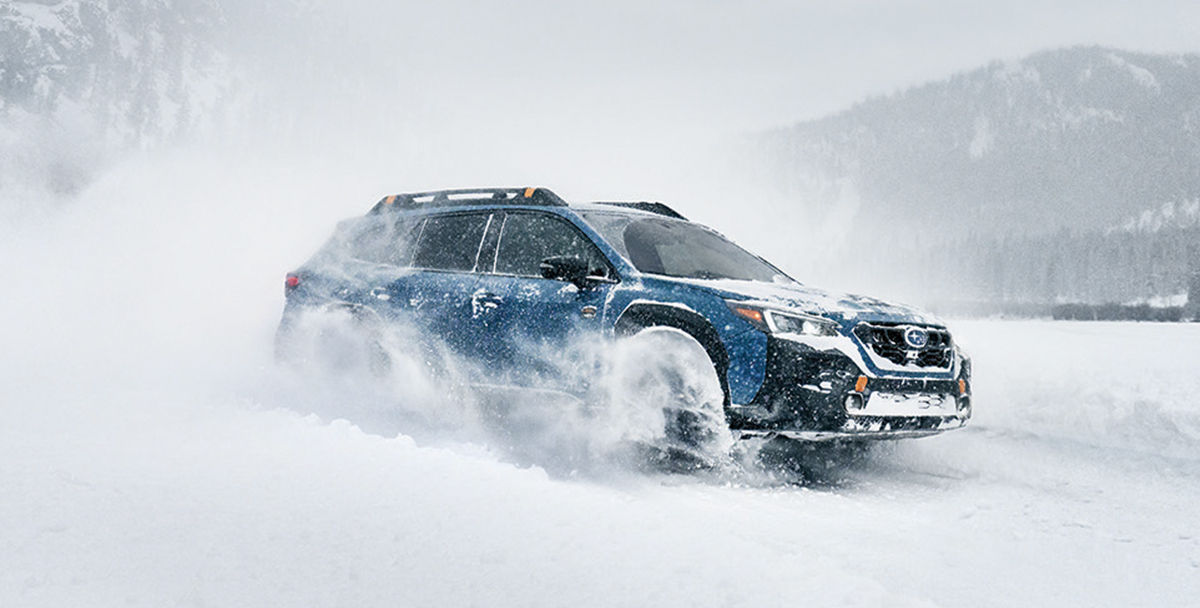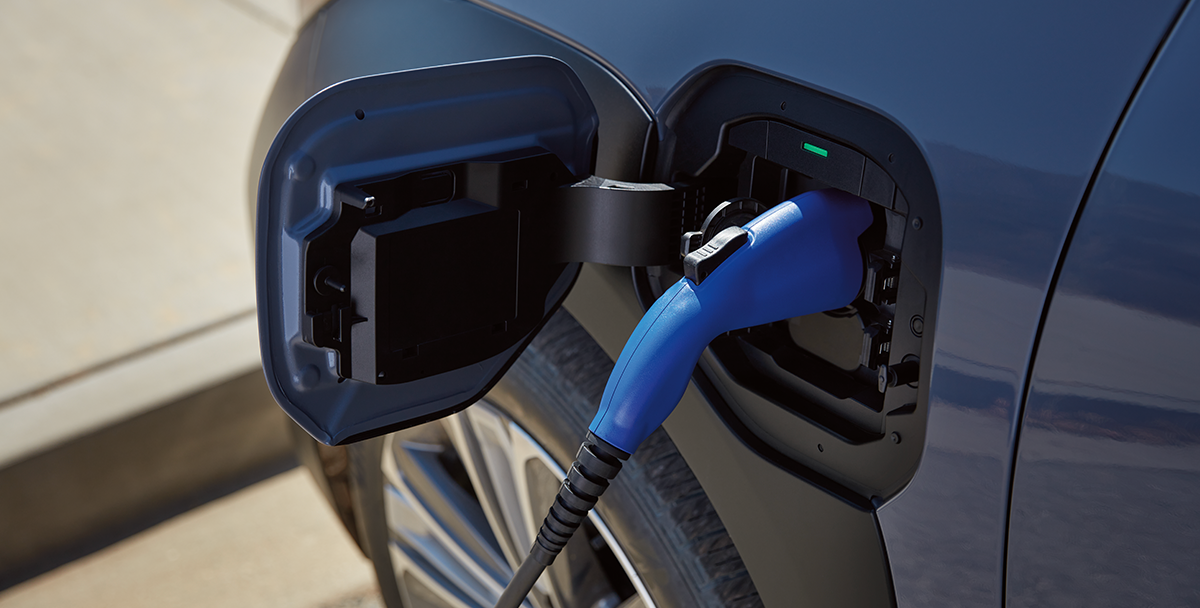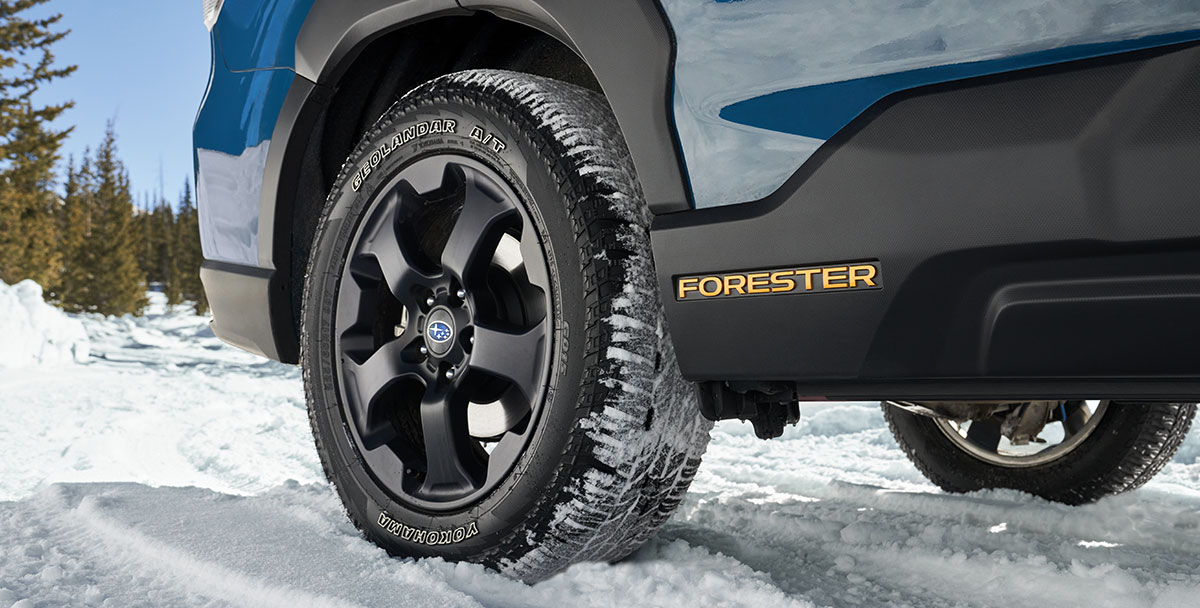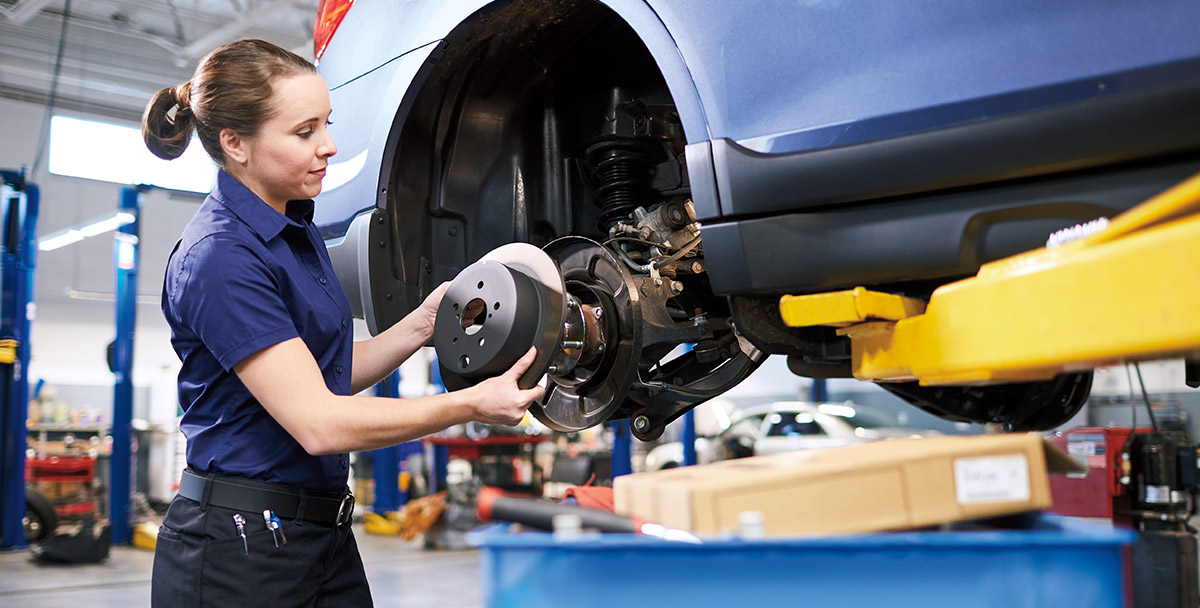A High-Performance Vehicle Needs High-Performance Tires
Ferocious torque and high horsepower are meaningless if you can’t keep your grip on the road. High-performance vehicles like the Subaru WRX STI require a high-performance tire. What makes performance driving more demanding? When you’re taking a hot lap at the local track, you need the right mix of grip and control that comes from a tire engineered with the ideal rubber compound and the appropriate tread pattern. Let’s take a look at some of the factors that make performance tires special, starting with the composition of the tires themselves.
Compound Interest
Tires are made of rubber … Right? Well, yes and no. Rubber is not the only material used, and there are different kinds of rubber, all of which have different attributes. A great tire is made of a balanced combination of different materials so that each tire is created with a unique rubber compound. Harder compounds have less rolling resistance so they deliver longer tire life, but they sacrifice traction. Softer compounds literally “grip” the road better, delivering better traction when accelerating and cornering − the trade-off is that they wear more quickly. While this is not rocket science, it’s close!
Here are some of the typical components used in summer tires (keep in mind that each tire manufacturer creates their own proprietary compound that best meets their needs):
- Natural rubber
- Styrene-butadiene copolymer (SBR), a synthetic rubber that is often substituted in part for natural rubber
- Polybutadiene, used in combination with other rubbers because of its low heat buildup
- Bromobutyl rubber, which helps hold the air inside the tire
- Carbon black – it gives tires their black color while improving abrasion resistance
- Silica – used as a low heat buildup reinforcement
- Sulphur – used to cross-link the rubber molecules during the vulcanization process
- Antioxidants and antiozonants prevent sidewall cracking caused by sunlight and ozone
- Textile fabric, like nylon or Kevlar, are used to reinforce the carcass of the tire
Each tire is made by building up layer after layer of some combination of the above-listed materials. The tire is then “cured” by placing it in a mold and applying heat and pressure. Pressure forces the “green,” or unfinished tire, to conform to the contours of the mold, while the heat creates a polymerization reaction that cross-links all of the different components to ensure that it holds its final shape.
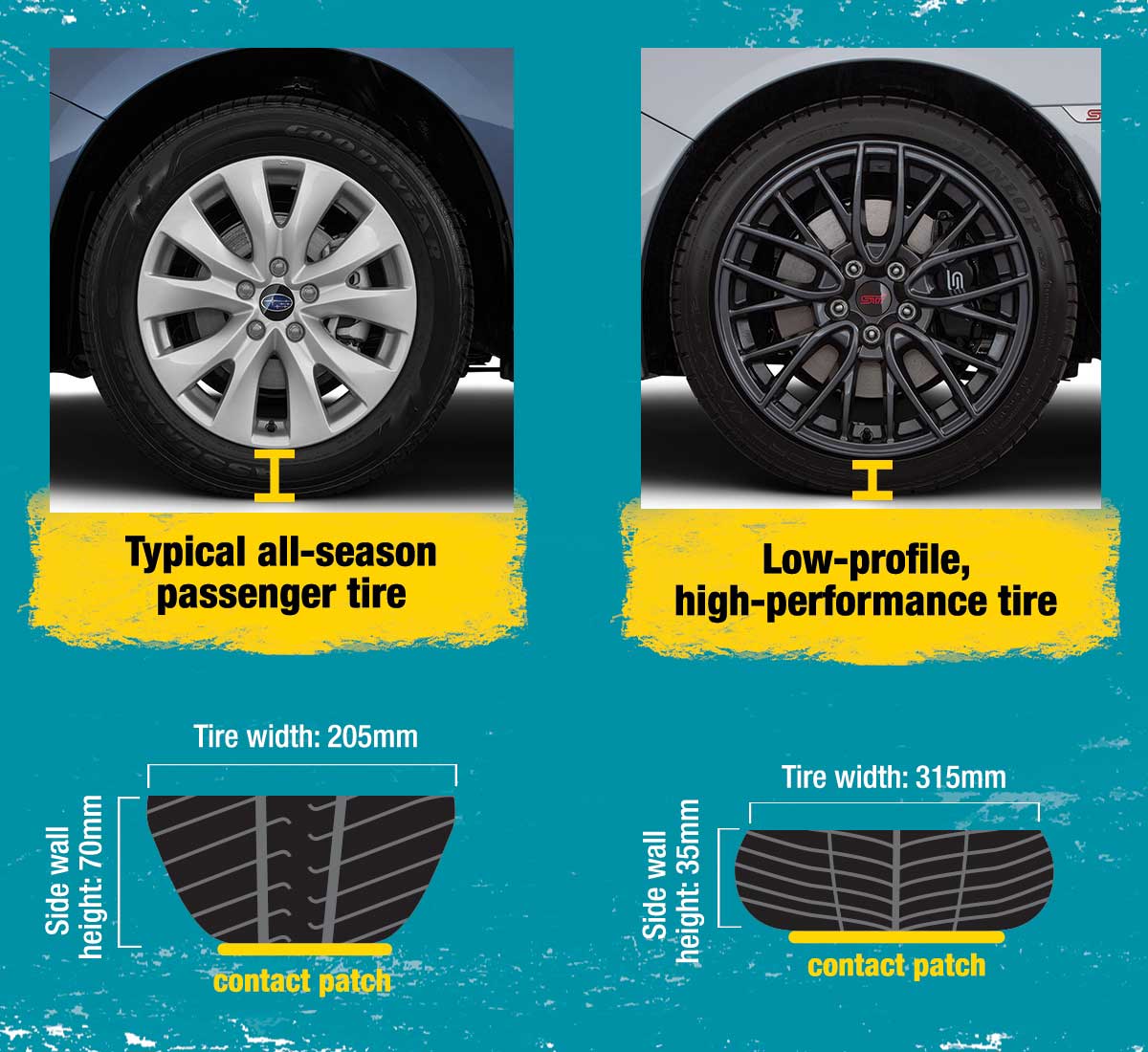
Essentials of Contact
Can your Subaru go 300 mph? Probably not, but top dragsters can. What’s their secret? The key is getting that horsepower to the ground, and that falls on the tires, which is why they run wider tires than a conventional car. That width gives them a wider contact patch – and that translates into added traction.
For the average tire, the contact patch is about the size of your hand. With a low-profile tire, the contact patch is shorter and wider, giving you more responsive handling, cornering stability, and traction.
A higher-profile tire may have the same overall sized contact patch, but the contact patch is longer and narrower, which instead provides more predictable handling, a smoother ride, and better snow traction.
Above is a comparison of a typical passenger tire versus a low-profile, high-performance tire.
Summer, Winter, or All-Season Tires
Here’s why the engineers specify summer tires as standard equipment for the Subaru BRZ, WRX, and WRX STI:
- Designed for speed and agility
- Deliver increased cornering and braking abilities
- Faster steering response
- Maximum road-holding performance
- Better performance in wet driving conditions
Summer tires are great in Sunbelt states, but what if you live where snow and ice are factors?
In cold climates, you should switch to winter tires. Winter tires are specifically designed to perform when temps drop below 40 degrees Fahrenheit.
- In colder weather, the tread rubber on summer and all-season tires stiffens and becomes less pliable while the tread rubber on winter tires remains flexible, allowing the winter tire to grip the road.
- Tread depth and tread patterns are different. Winter tires have deeper tread depths, which reduces snow buildup, provides better traction, and channels the snow, slush, and water away from the tire.
- The tread on winter tires features an increased number of “biting edges” to provide better traction on ice.
All-season tires, by comparison, are designed to do everything well, but do not offer the same amount of extreme grip and sharp handling of a summer tire – and in the winter, they’re not designed to handle trekking through heavy snow or driving on ice. Some Subaru owners opt to have two complete sets of tires and wheels – one for summer, the other for winter.
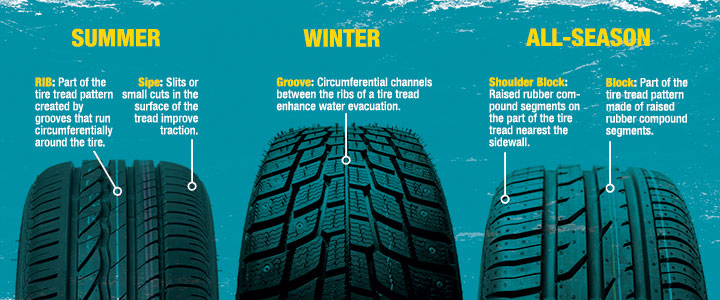
To find the best tires for your Subaru, visit your Subaru retailer.
